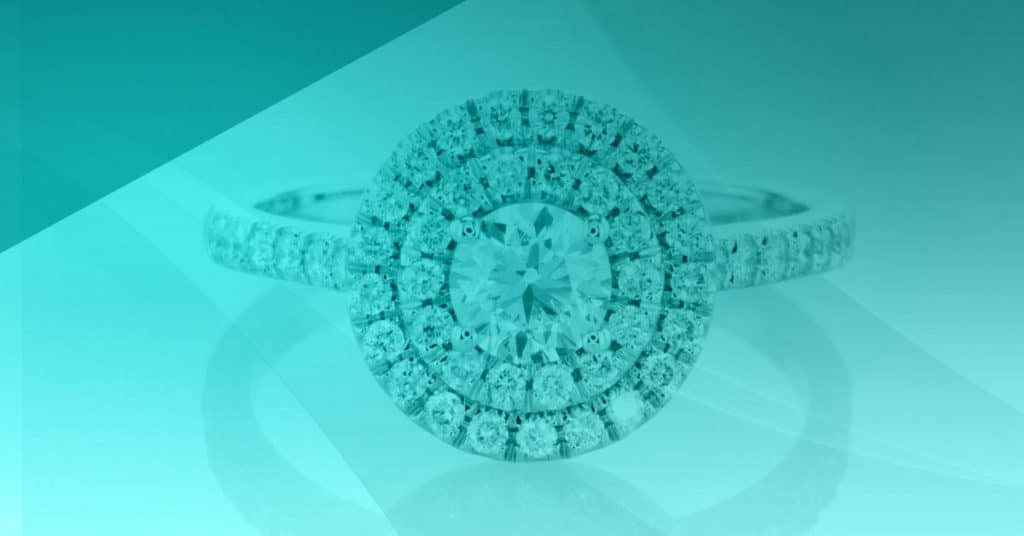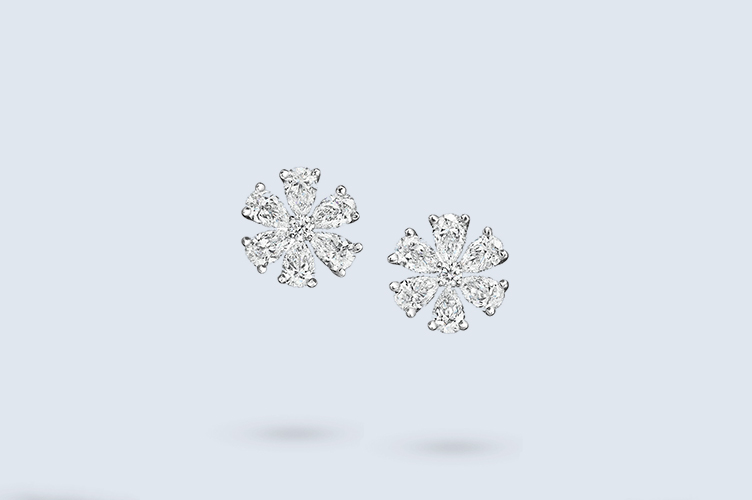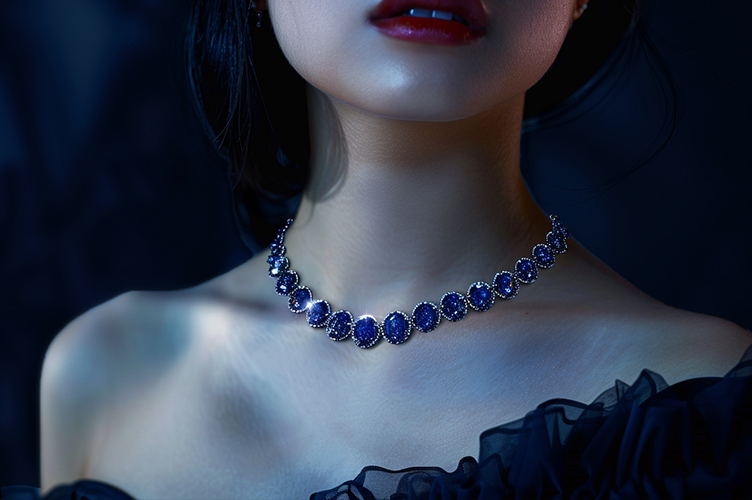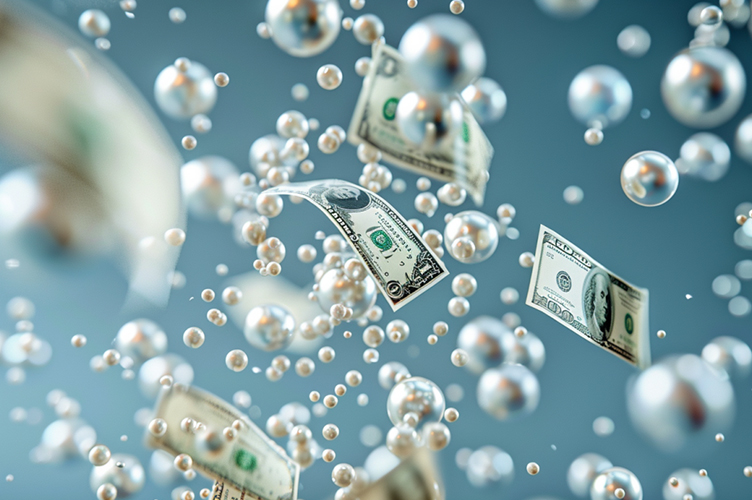As we talked about in The 4Cs, carat, color, clarity, and cut all affect the appearance and value of a diamond. Going beyond the 4Cs, have you considered how variables like fluorescence, cut quality, lab certificates, and polish and symmetry affect the beauty, brilliance, and price of your stone? Let’s venture beyond the basics and understand how these additional diamond variables factor into a stone’s cost and appearance.
How BriteCo uses diamond variables
As you might have seen in our coverage of the 4Cs, BriteCo offers a free, web-based appraisal system for jewelers. The software uses current data to automatically calculate a suggested value for a piece of jewelry or watch.
To calculate the value of diamonds, we use over half a million data points in our algorithm. We keep our data up to date to ensure the values match what’s happening in the market.
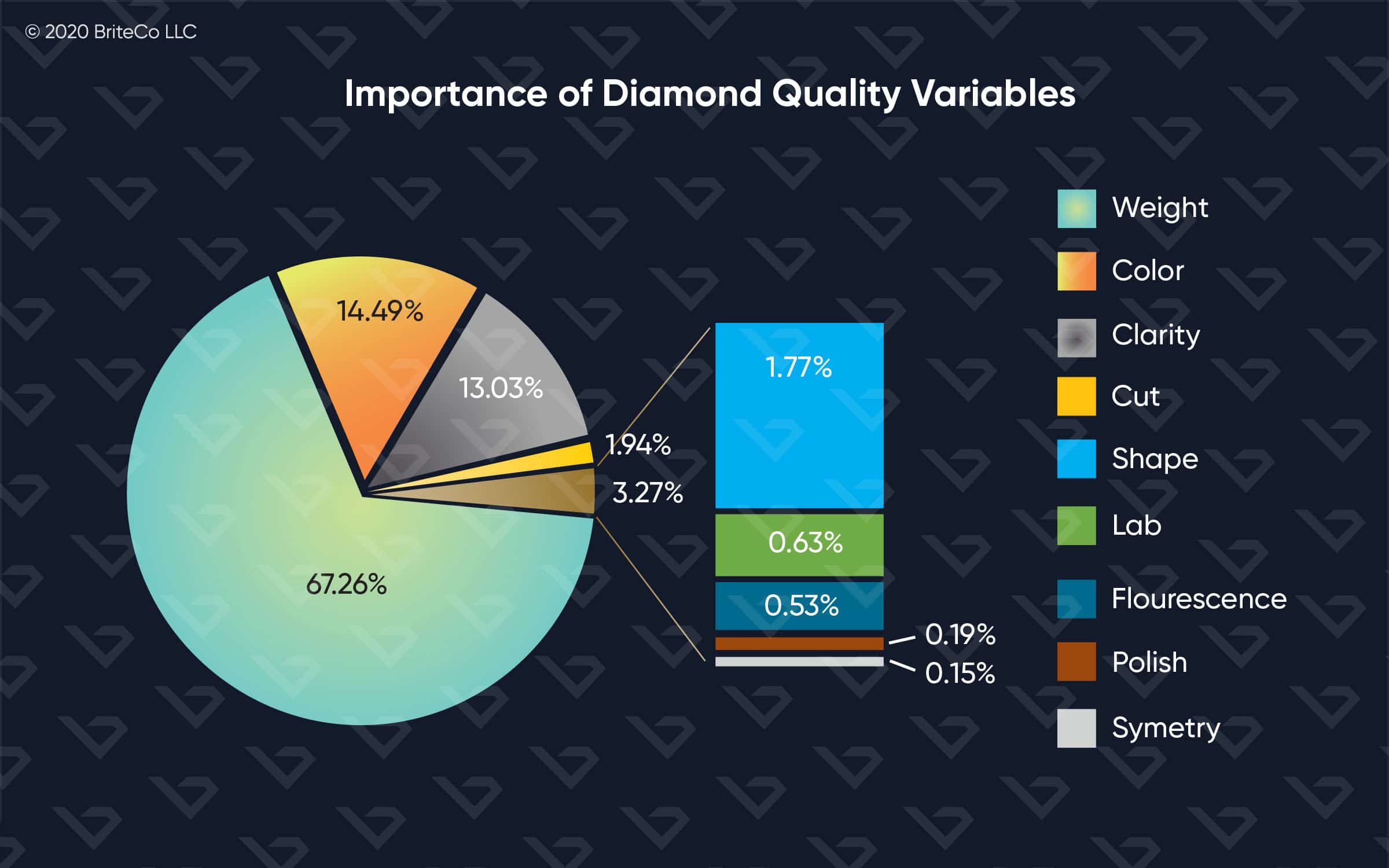
This Importance of Diamond Quality Variables graph compares the variables against each other to show you how they rank when it comes to assessing price.
What does this graph tell us? The 4Cs have the highest percentages, which means that when those variables change, you’ll see the biggest fluctuation in pricing.
But wait! Don’t discount the variables that rank lower on the graph, like fluorescence, lab, and polish and symmetry. Even if they don’t affect price in a big way, they still make a difference when it comes to appearance. In this post, we’ll break down each variable beyond the 4Cs to show you how it affects the quality and price of a diamond.
Beyond the 4Cs
Cut Quality
As you learned from the 4Cs, sometimes cut refers to the shape of the diamond. Here we’re talking about the quality of the cut for round diamonds. The cut grade is based on a number of independent variables: the table, pavilion angle, crown angle, girdle thickness, lower half length, and star size. Cut has the largest impact on the overall appearance of the stone; it determines aesthetic factors such as brightness, fire, and scintillation. In this graph, we’ll compare Price against Very Good cut, which is the most common cut among round brilliant stones.
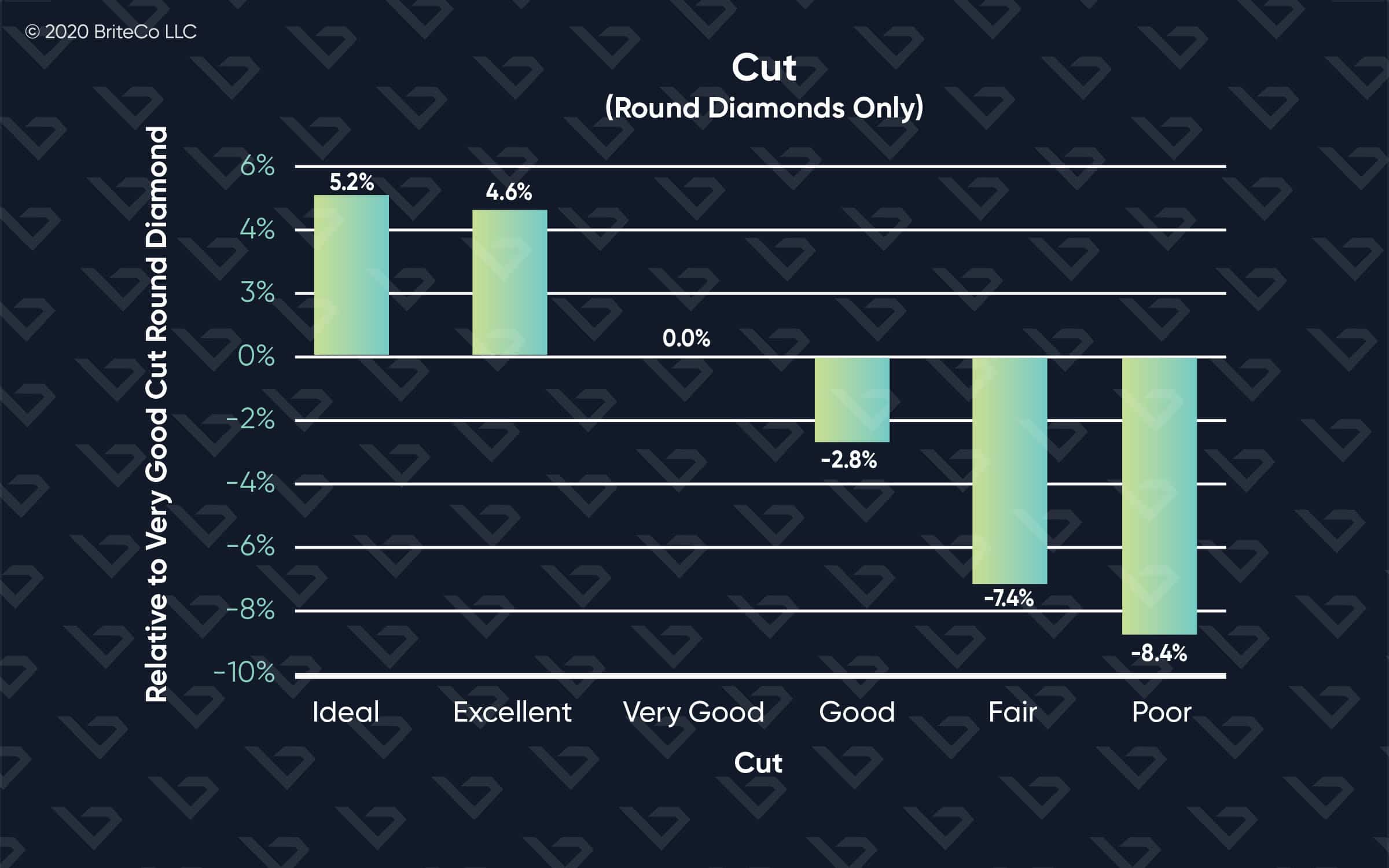
Cut quality doesn’t move the needle much on price in either direction. There are slightly steeper discounts for fair and poor cut diamonds, but they are few and far between.
Shopping Tips:
- For the price-sensitive shopper: This is one area you’re not going to want to compromise if you’ve selected a round stone. We recommend that you don’t go below a good grade.
- For the quality-focused shopper: An excellent or ideal cut stone is an absolute must.
Suggested Read: How Are Diamonds Cut? | BriteCo Jewelry Insurance
Fluorescence
Did you know that some diamonds glow in the dark? Well, technically, they glow when exposed to ultraviolet light, like a blacklight. About 30% of diamonds are fluorescent, and most of the time, that fluorescence is blue. Fluorescence has an interesting impact on diamond prices. For D to F colorless stones, it is considered a defect that decreases the overall price. However, for K to M faint colored diamonds, blue fluorescence makes the stone appear more white in color, and therefore there is very little impact on price.
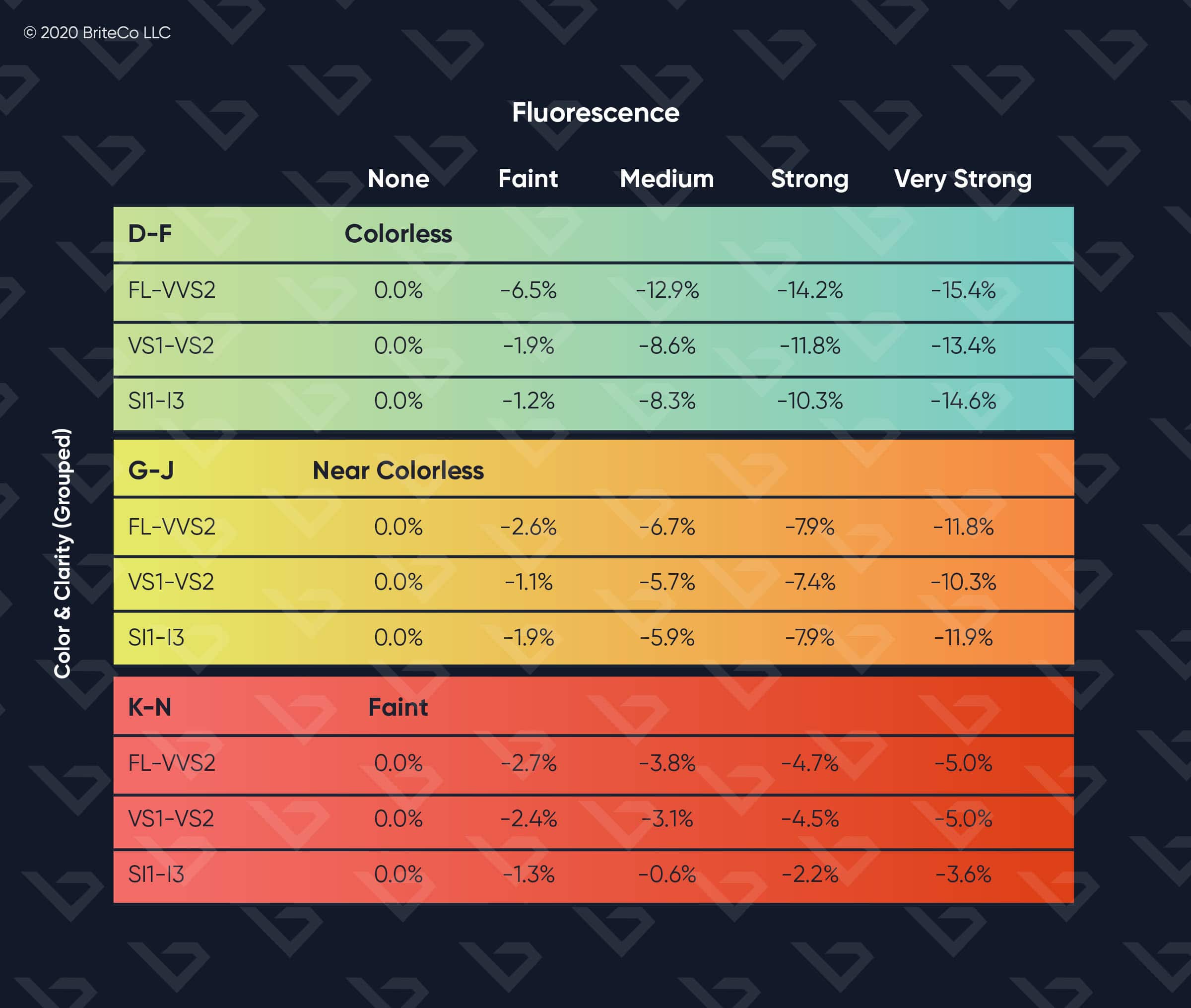
As you can see in the chart, fluorescence has the largest impact on the highest quality color and clarity diamonds, but a more muted effect as color and clarity quality decreases.
Suggested Read: Types of Diamond Clarity | BriteCo Jewelry Insurance
Shopping Tips:
- For the price-sensitive shopper: Fluorescence is a funny feature. Some people prefer the hints of blue sparkle that fluorescence provides. If you’re looking for a discount, ask your jeweler to show you strong or very strong fluorescent diamonds.
- For the quality-focused shopper: Since a majority of diamonds do not have fluorescence, it’s likely you’ll be purchasing a stone with no fluorescence.
Grading Laboratory
The Gemological Institute of America is heralded as the gold standard of diamond grading reports. There’s strong data to suggest that’s true. Roughly 80% diamonds come with a GIA certificate. Diamonds with reports from labs other than GIA still provide authentication and grading but are about 10.4% cheaper, on average.
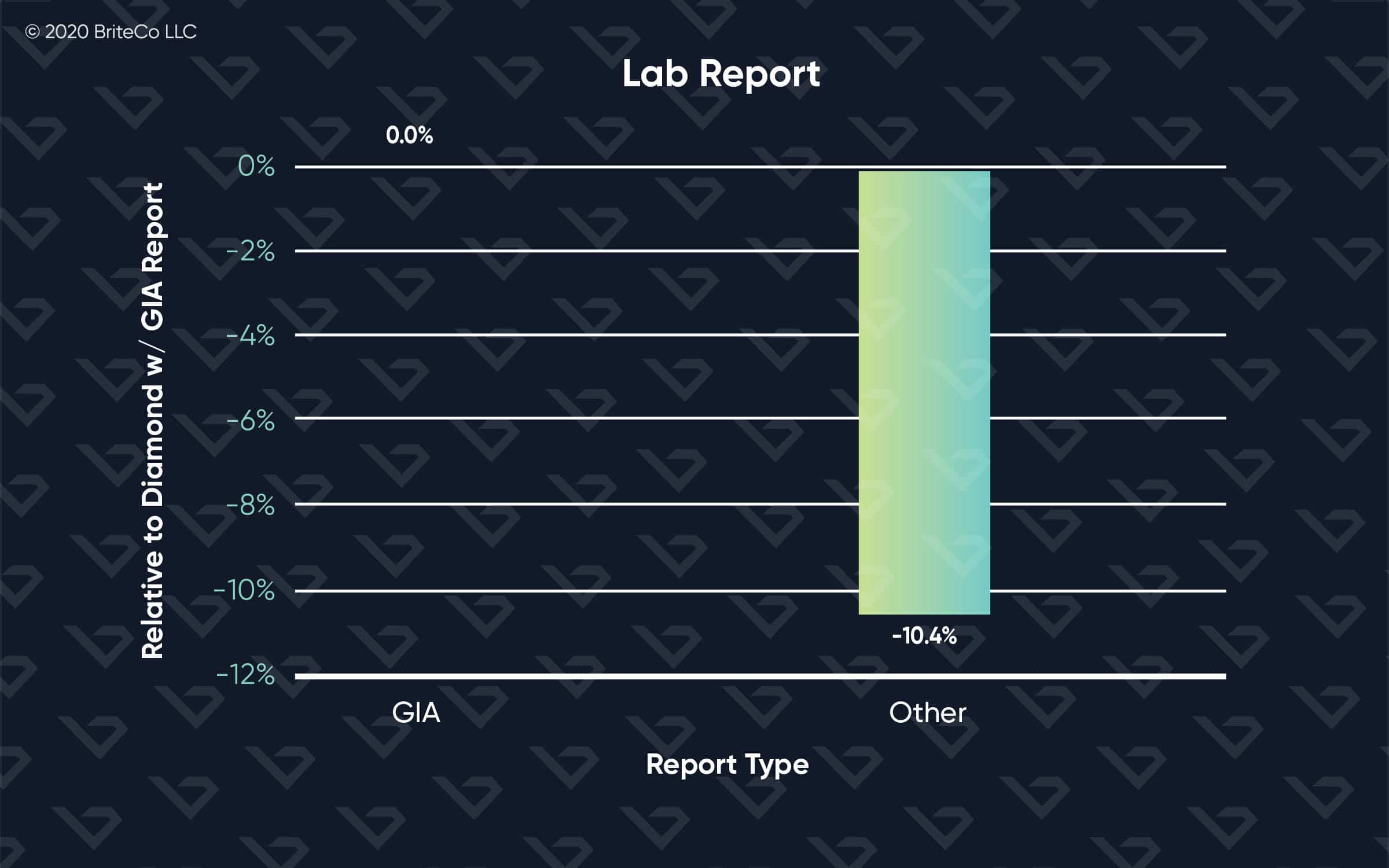
Shopping Tips:
- For the price-sensitive shopper: An AGS, IGI, or EGL grading report will verify the authenticity and grade of your diamond while providing additional savings.
- For the quality-focused shopper: GIA all the way!
Polish & Symmetry
Polish is the overall smoothness and appearance of the diamond’s surface. Symmetry refers to the exactness of the shape, or the placement and alignments of the facets. Neither has a huge impact on price, and most stones are at least very good. Polish and symmetry are customarily considered as a pair, so “Ideal” in this chart refers to when both polish and symmetry are ideal.
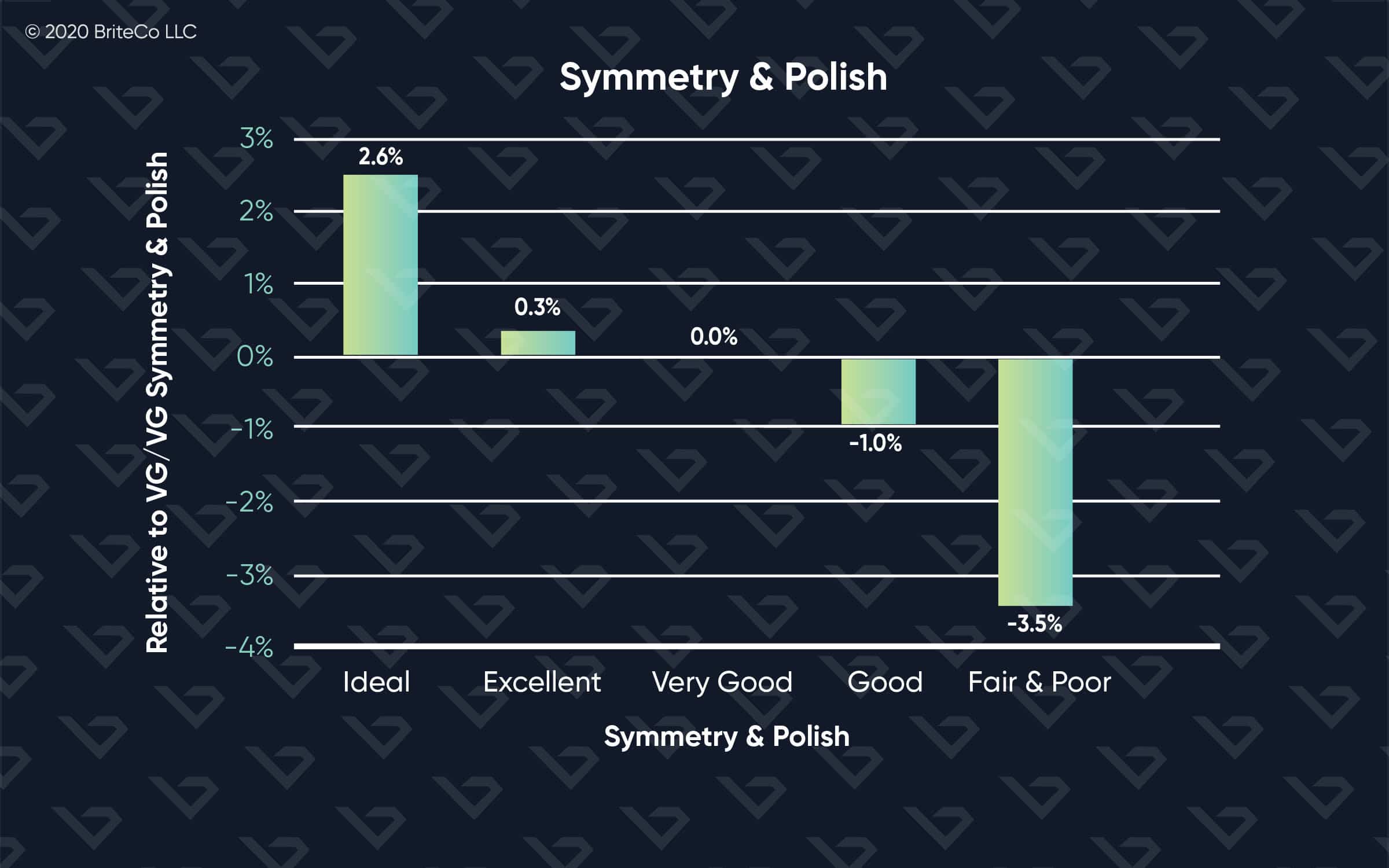
Shopping Tips:
- For all shoppers: We recommend sticking with very good polish and symmetry or better. It won’t make much of a difference in price, but it will ensure a better appearance.
Conclusion
When choosing a diamond, you certainly want to pay attention to the 4Cs, as these variables will have a big impact on the look and cost of your stone. However, as we learned here, cut quality, fluorescence, grading lab, and polish and symmetry are all important factors to consider and play with as well. Check out BriteCo’s free engagement ring calculator to receive a budget-specific report for designing your perfect diamond engagement ring. As you get closer to making a purchase we also recommend this diamond buying guide.
Also Check:
How much is a Blue Diamond Worth? | BriteCo Jewelry Insurance
How Big is a 1 Carat Diamond? | BriteCo Jewelry Insurance
Largest Diamond in the World | BriteCo Jewelry Insurance
